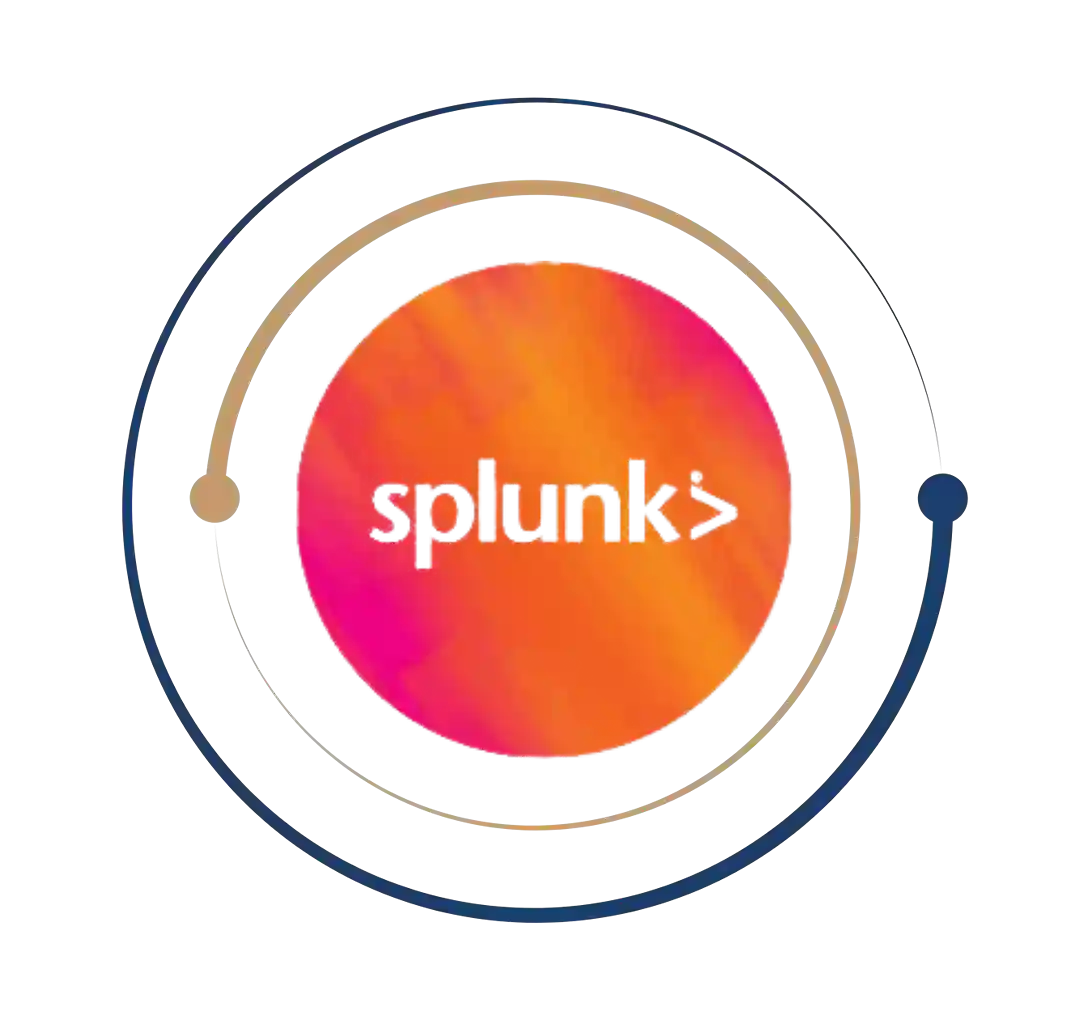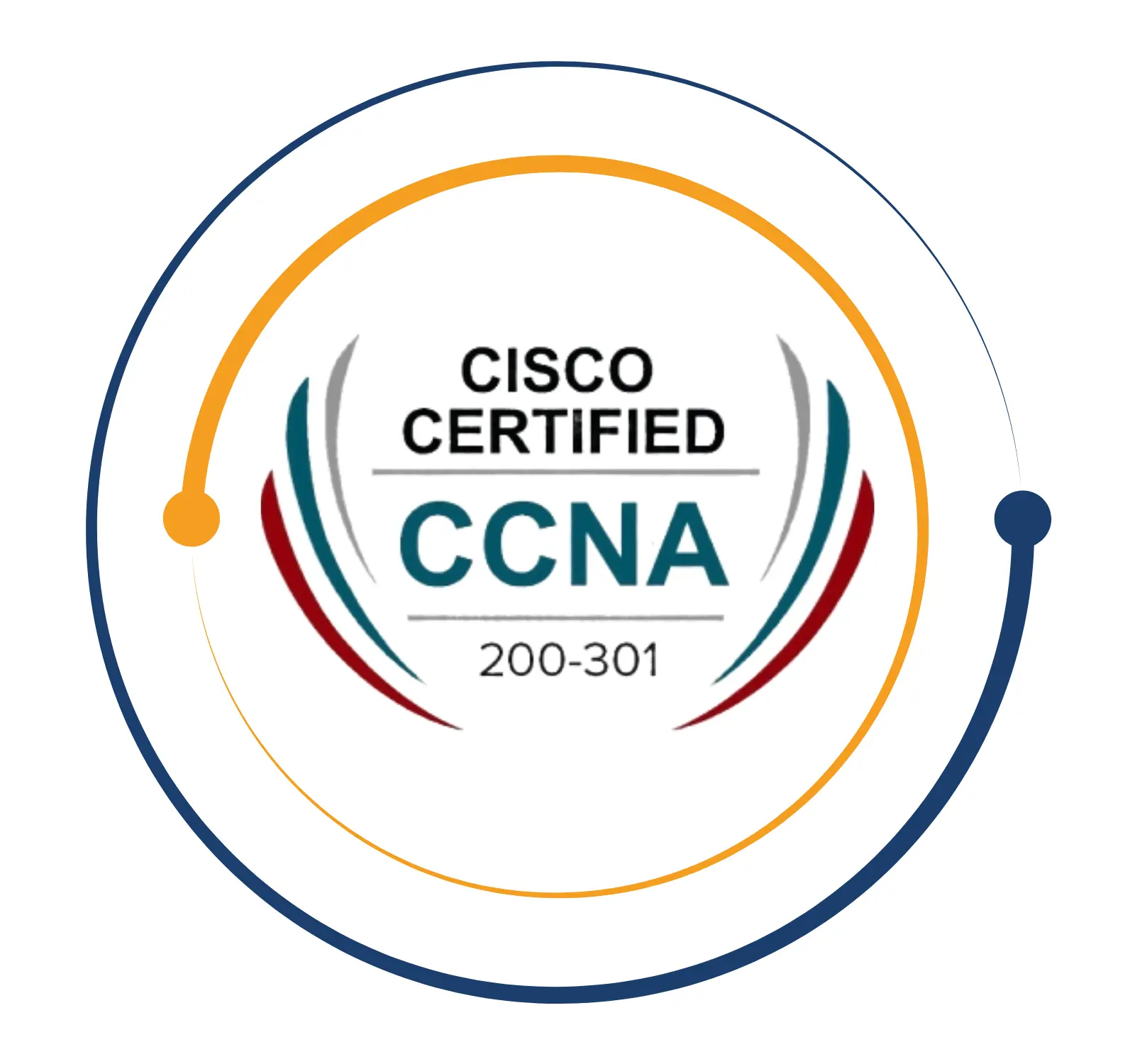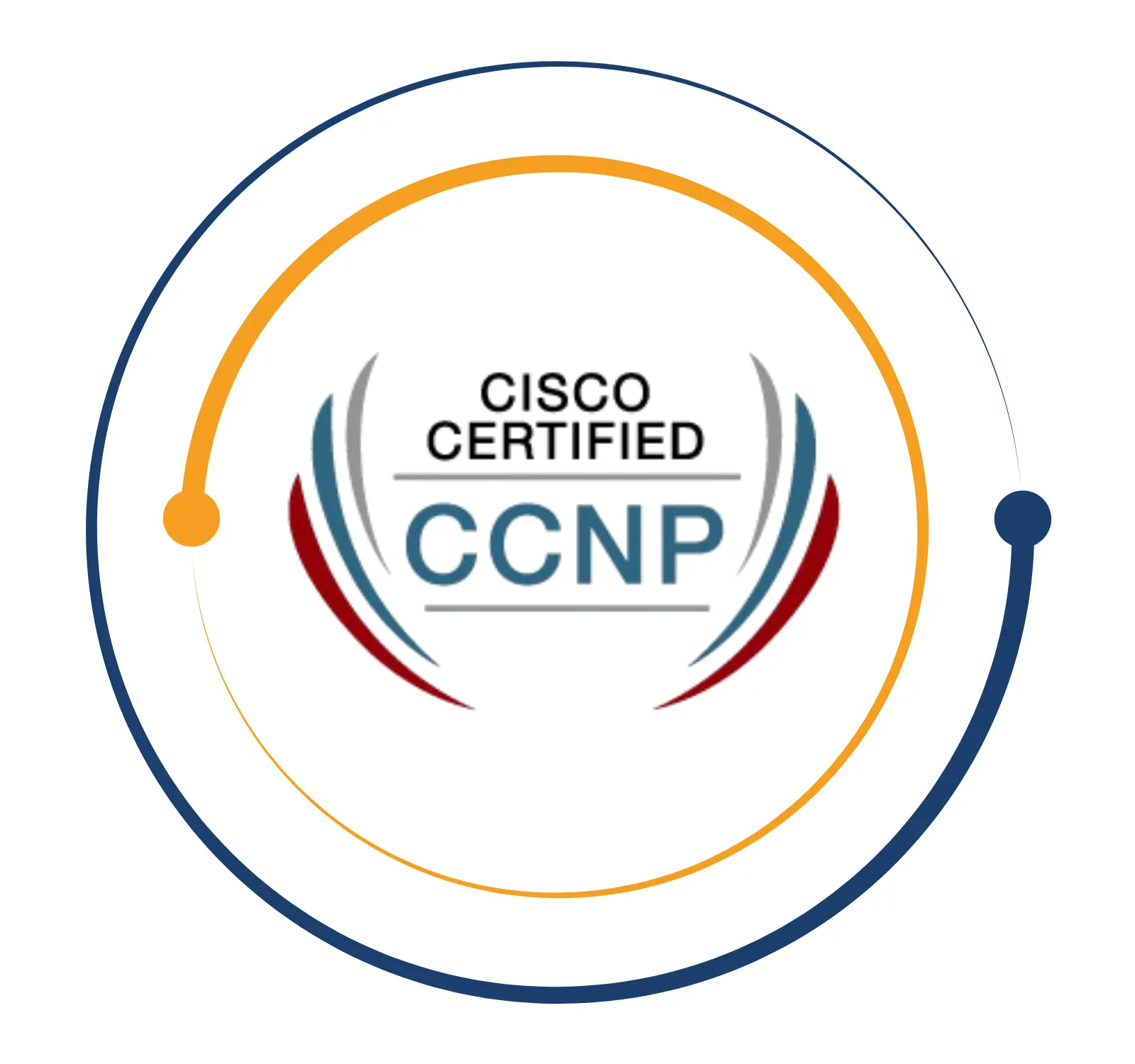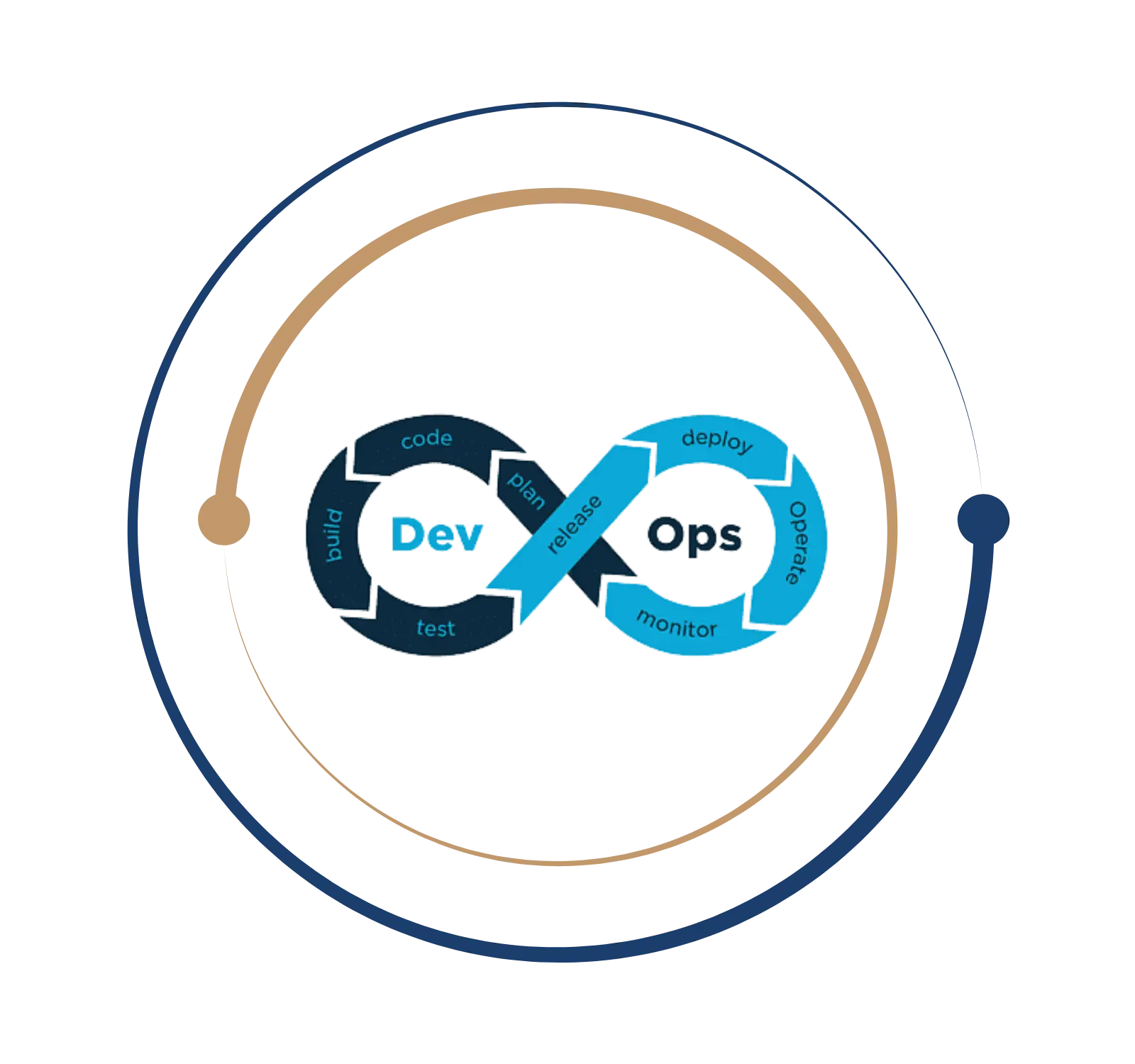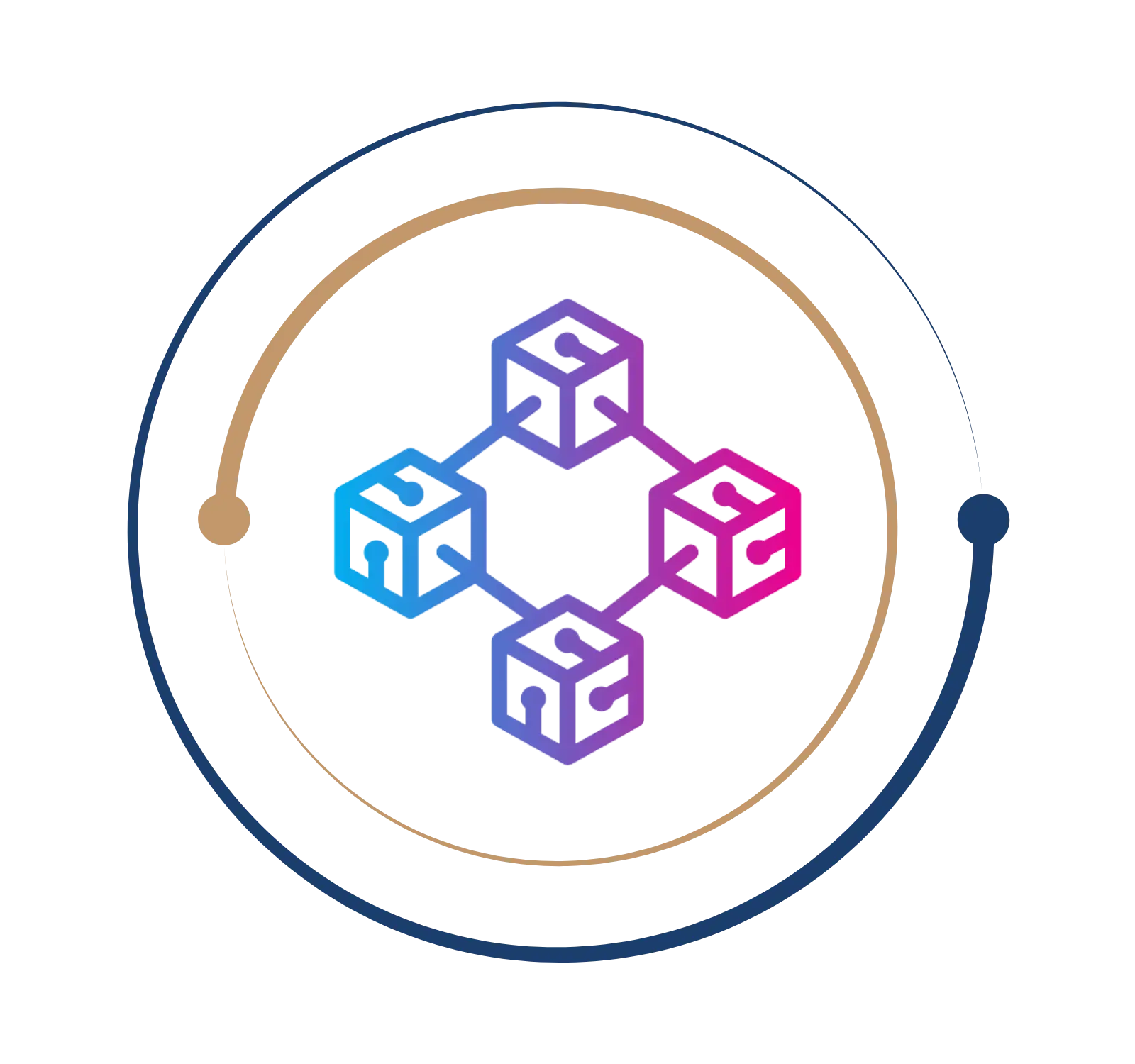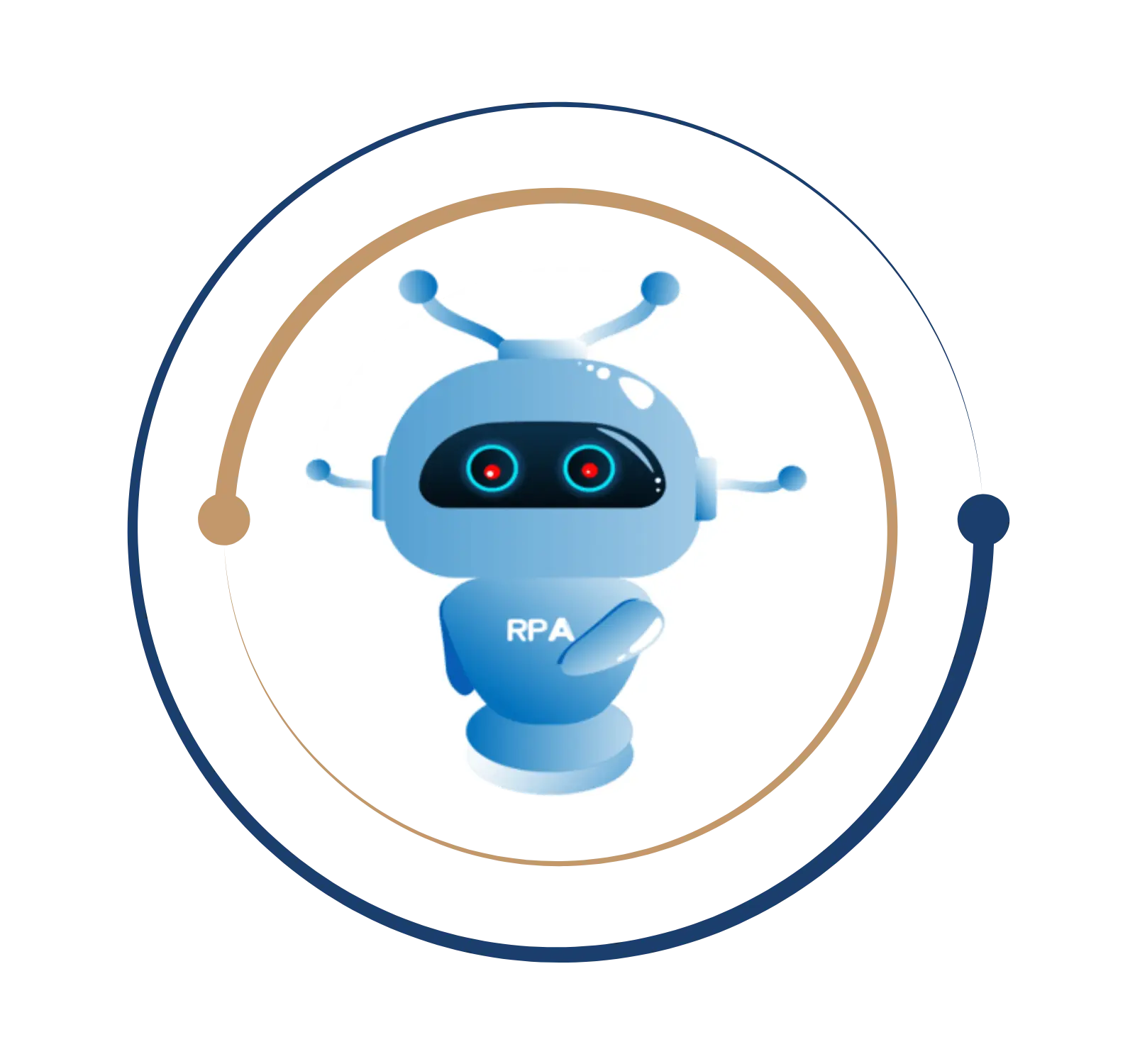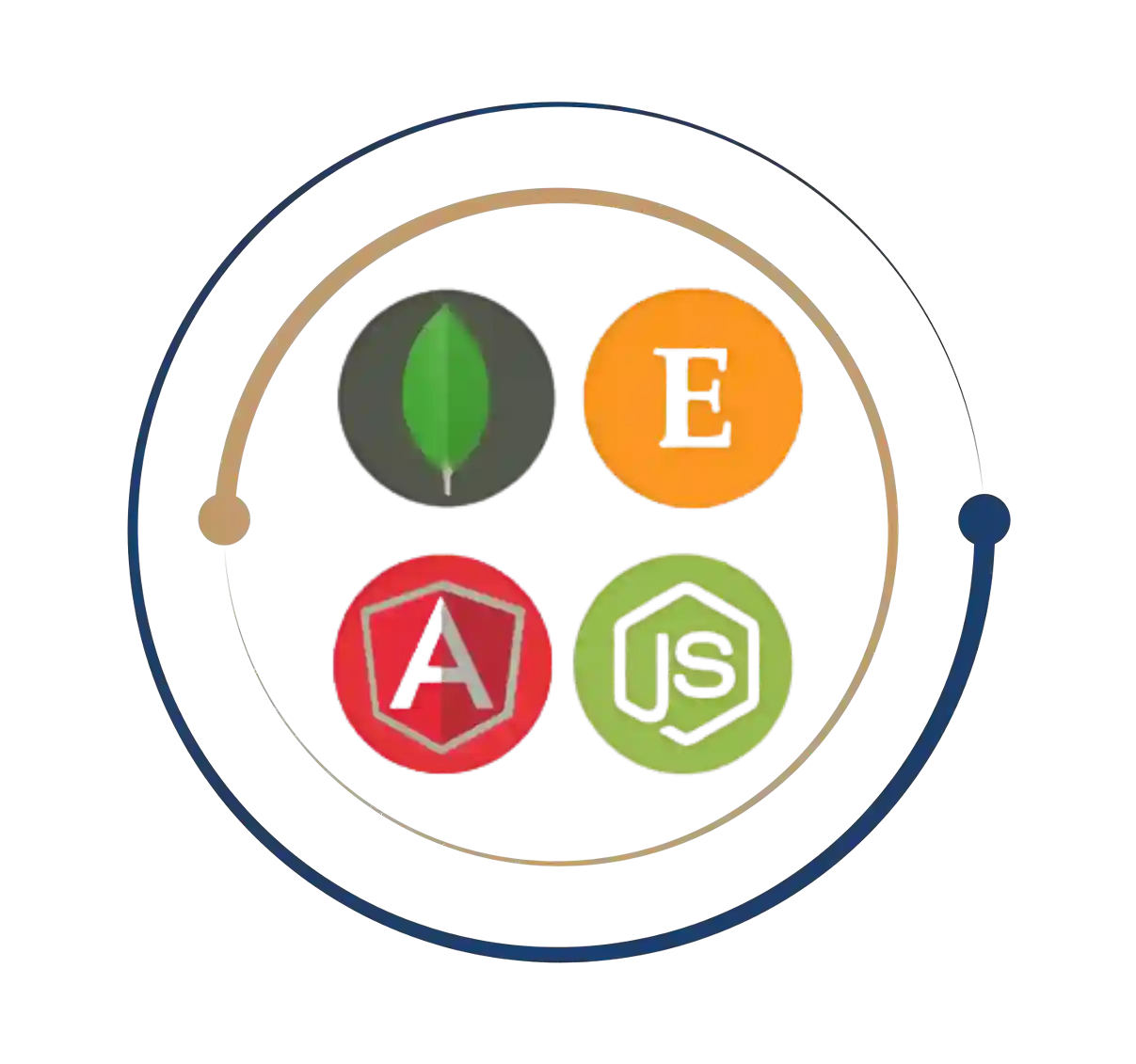Unlock the power of AI and deep learning with PyTorch
Deep Learning with Python and PyTorch
Deep learning with Python and PyTorch has emerged as a revolutionary force in the ever-changing face of technology, fueling discoveries in computer vision, natural language processing, and robotics. If you want to master the art of deep learning and realize the full potential of PyTorch, BITA Academy in Chennai provides the best training to provide you with the knowledge and abilities you need to succeed in this dynamic industry.
In this training, you will learn about artificial neural networks, convolutional neural networks (CNNs), recurrent neural networks (RNNs), and other cutting-edge deep learning approaches. Using PyTorch, a popular open-source deep learning framework, you’ll learn how to create and train neural networks for various applications, including image recognition, text analysis, and more.
PyTorch is an advanced open-source machine learning library created by Facebook’s AI Research group. It is commonly regarded as a top choice among deep learning researchers and practitioners due to its versatility and ease of use. PyTorch enables developers to create and train neural networks for a wide range of applications, and it is particularly well-known for its support of dynamic computational graphs, which provides greater model flexibility. PyTorch allows you to unlock the full potential of deep learning, making it a must-have tool for anybody wishing to thrive in this discipline.
Deep Learning with Python and PyTorch
Deep learning with Python and PyTorch has emerged as a revolutionary force in the ever-changing face of technology, fueling discoveries in computer vision, natural language processing, and robotics. If you want to master the art of deep learning and realize the full potential of PyTorch, BITA Academy in Chennai provides the best training to provide you with the knowledge and abilities you need to succeed in this dynamic industry.
In this training, you will learn about artificial neural networks, convolutional neural networks (CNNs), recurrent neural networks (RNNs), and other cutting-edge deep learning approaches. Using PyTorch, a popular open-source deep learning framework, you’ll learn how to create and train neural networks for various applications, including image recognition, text analysis, and more.
What is PyTorch?
PyTorch is an advanced open-source machine learning library created by Facebook’s AI Research group. It is commonly regarded as a top choice among deep learning researchers and practitioners due to its versatility and ease of use. PyTorch enables developers to create and train neural networks for a wide range of applications, and it is particularly well-known for its support of dynamic computational graphs, which provides greater model flexibility. PyTorch allows you to unlock the full potential of deep learning, making it a must-have tool for anybody wishing to thrive in this discipline.
Roles and Responsibilities in PyTorch
PyTorch is important in many businesses and fields in deep learning and artificial intelligence. Understanding the tasks and responsibilities associated with PyTorch is essential for individuals interested in working in this industry. Here are some examples of crucial roles:
Deep Learning Engineer: Deep learning engineers utilize PyTorch to create and deploy neural network models for tasks such as image and speech recognition, natural language processing, and other applications.
Machine Learning Researcher: Researchers use PyTorch to experiment with and innovate on deep learning models, pushing the limits of what AI is capable of.
Data Scientist: Data scientists examine and model data using PyTorch, providing predictions and recommendations based on machine learning models.
AI Developer: AI developers work on projects that involve AI and machine learning components, building and training neural networks with PyTorch.
These roles may include data preprocessing, model construction, training, and evaluation and implementing machine learning models in production environments.
PyTorch is an advanced open-source machine learning library created by Facebook’s AI Research group. It is commonly regarded as a top choice among deep learning researchers and practitioners due to its versatility and ease of use. PyTorch enables developers to create and train neural networks for a wide range of applications, and it is particularly well-known for its support of dynamic computational graphs, which provides greater model flexibility. PyTorch allows you to unlock the full potential of deep learning, making it a must-have tool for anybody wishing to thrive in this discipline.
PyTorch is important in many businesses and fields in deep learning and artificial intelligence. Understanding the tasks and responsibilities associated with PyTorch is essential for individuals interested in working in this industry. Here are some examples of crucial roles:
Deep Learning Engineer: Deep learning engineers utilize PyTorch to create and deploy neural network models for tasks such as image and speech recognition, natural language processing, and other applications.
Machine Learning Researcher: Researchers use PyTorch to experiment with and innovate on deep learning models, pushing the limits of what AI is capable of.
Data Scientist: Data scientists examine and model data using PyTorch, providing predictions and recommendations based on machine learning models.
AI Developer: AI developers work on projects that involve AI and machine learning components, building and training neural networks with PyTorch.
These roles may include data preprocessing, model construction, training, and evaluation and implementing machine learning models in production environments.
Get Instant Help Here
PyTorch certification training makes it easier to get experience in PyTorch. This specialized training program will provide the information and practical skills you need to succeed in deep learning with Python and PyTorch.
A PyTorch certification confers numerous advantages that can profoundly influence one’s professional trajectory within deep learning and machine learning. The PyTorch certification provides concrete evidence of an individual’s competence and proficiency in utilizing PyTorch. The successful demonstration of effectively using this deep learning framework validates one’s ability, bolstering one’s reputation among prospective employers and colleagues. The acquisition of certification can play a pivotal role in facilitating job advancement. Obtaining Deep Learning with Python and PyTorch Certification enhances the likelihood of eligibility for career advancements, income increments, and higher-level employment responsibilities. This displays an individual’s dedication to ongoing education and improvement in their professional development.
- Deep Learning Specialization by deeplearning.ai
- Udacity’s Deep Learning Nanodegree
- PyTorch Scholarship Challenge by Facebook
- edX’s Deep Learning with PyTorch

The demand for professionals with PyTorch experience is increasing. Companies from various industries seek someone who can use PyTorch to create creative solutions and drive AI efforts.
Suppose you have a PyTorch certification and the necessary skills. In that case, you’ll be well-prepared to acquire fascinating positions in these sectors and contribute to the ever-evolving world of artificial intelligence and deep learning. Your PyTorch experience will open doors to various professional prospects, from research to development.
Job you can land with PyTorch
What you will learn?
- PyTorch Fundamentals
- Why PyTorch
- Tensorflow vs Pytorch vs Keras
- Matrix Basics
- Reproducibility
- GPU and CPU Toggling
- Basic Mathematical Tensor Operations
- PyTorch Tensors
- Two-Dimensional Tensors
- Variables and Gradients
- Practical Applications Using PyTorch
- What is Linear regression?
- Linear Regression in PyTorch
- Linear Regression From CPU to GPU in PyTorch
- Multiple Input Output Linear Regression
- Logistic Regression for classification
- Going deeper into Logistic Regression
- Logistic Regression with PyTorch
- From CPU to GPU in PyTorch
- Hidden Layers
- Backpropagation
- Activation Functions
- Non-linearity
- Feedforward Neural Network in PyTorch
- More Feedforward Neural Network Models in PyTorch
- Feedforward Neural Network From CPU to GPU in PyTorch
- Feedforward Neural Network Transition to CNN
- One Convolutional Layer
- Multiple Convolutional Layers Overview
- Pooling Layers
- Padding for Convolutional Layers
- Output Size Calculation
- CNN in PyTorch
- More CNN Models in PyTorch
- Expanding CNN Model’s Capacity
- From CPU to GPU in PyTorch
- Pre-trained CNNs
- Introduction to RNN
- RNN in PyTorch
- More RNN Models in PyTorch
- RNN From CPU to GPU in PyTorch
- Introduction to LSTMs
- LSTM Equations
- LSTM in PyTorch
- More LSTM Models in PyTorch
Weekdays
Mon-Fri
Online/Offline
1 hour
Hands-on Training
Suitable for Fresh Jobseekers
/ Non IT to IT transition
Weekends
Sat – Sun
Online/Offline
1.30 – 2 hours
Hands-on Training
Suitable for IT Professionals
Batch details
Week days
Mon-Fri
Online/Offline
1 hour
Hands-on Training
/ Non IT to IT transition
Sat – Sun
Online/Offline
1:30 – 2 hours
Hands-on Training
Why should you select us?






Why should you select Us?














